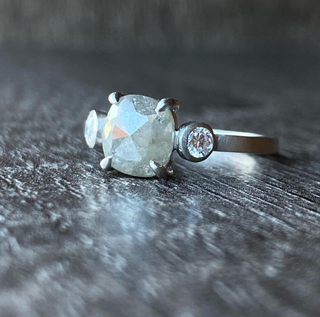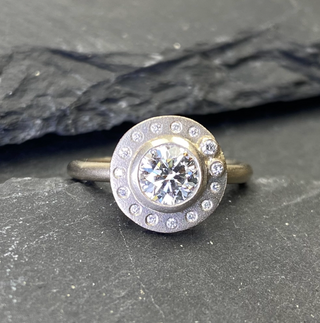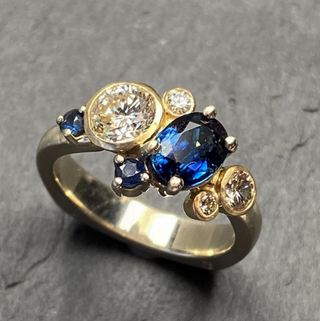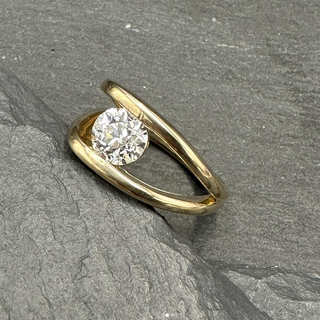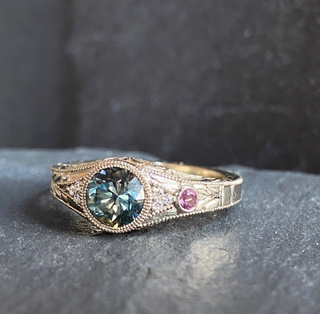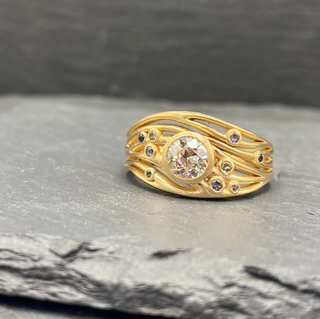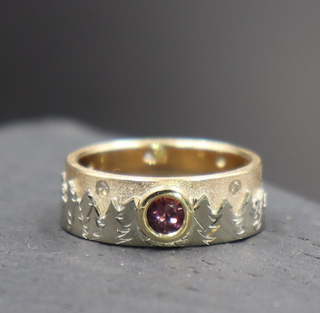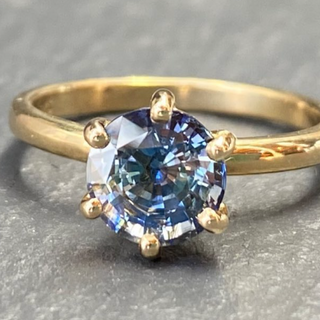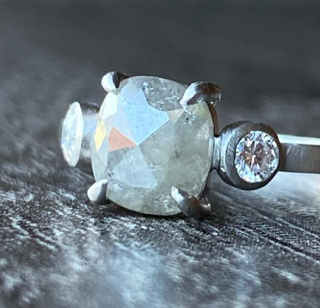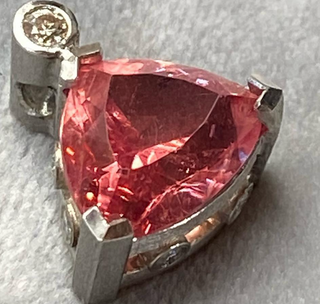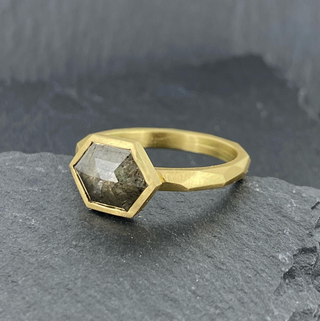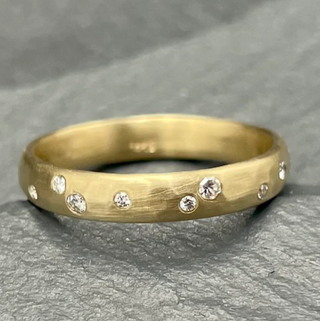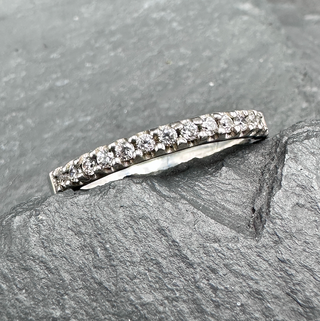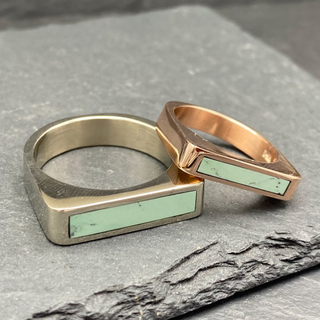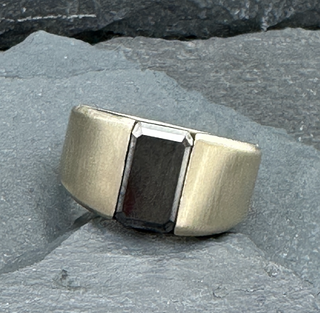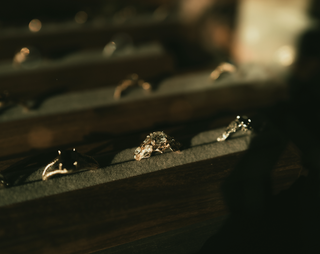
Ring Styles
The way a stone is set is important for many reasons. Settings are a big part of the design, and they are also in charge of protecting your precious stones. Function is a huge part of a setting's importance. The right setting for your stone will depend on your lifestyle as well as how often you will (realistically) be able to bring it in for maintenance. Finding this balance between form and function for each customer is something we take great pride in.
Ring Types
There are a plethora of desgins and approaches for making your ring as unique as you are. From unique stones, creative combinations, and innovative designs, we love to work with our clients to make something special.
Setting Types
How you set your stone is all about finding the perfect balance form and function. We have found that our happiest customers take out input in relation to ergonomics and durability in consideration alongside considerations of style and aesthetis. Below we outline a few setting types and the aspects of each that are worth thinking about.
PRONGS: Prongs are the most commonly used setting for faceted stones. They allow large amounts of light to interact with the stone, and come in numerous styles. Normal wear and tear on prongs can cause them to move slightly and occasionally snag. This requires prongs to be checked periodically by a jeweler to ensure the stone remains secure.
OTHER SETTING STYLES


